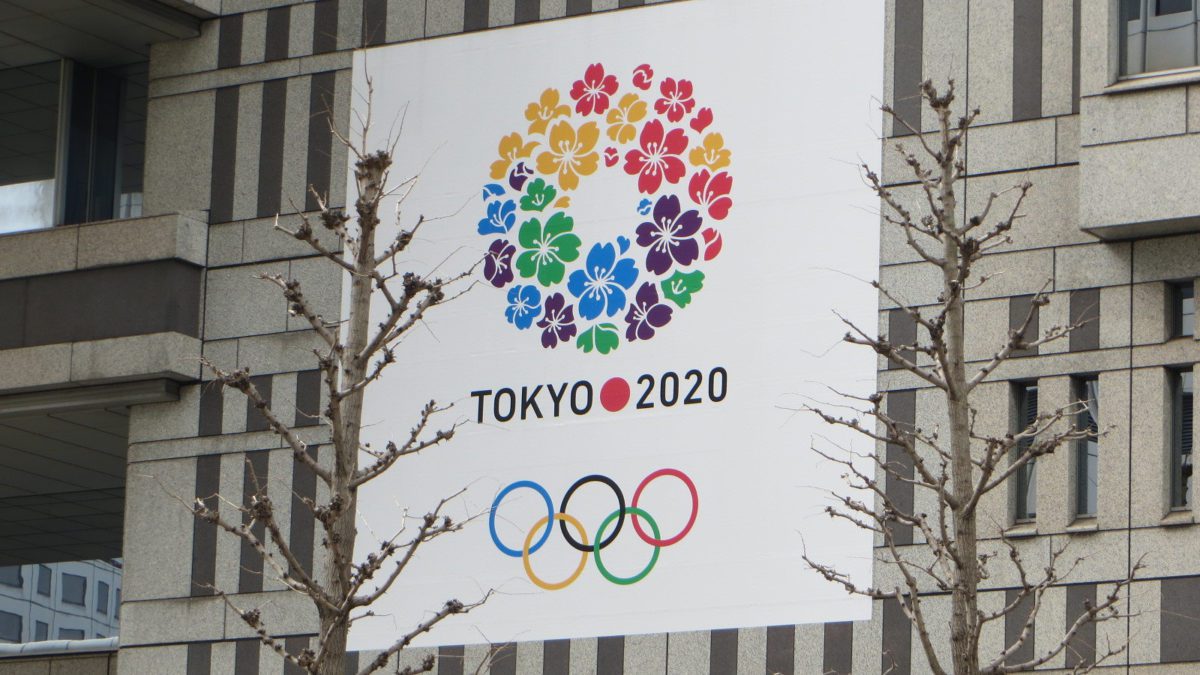News
Olympic female U of U gymnast doesn’t qualify

Grace McCallum qualifying second in Tokyo in Olympic women's gymnastics. Photo: Flikr
TOKYO, Japan. — The University of Utah (UofU) athlete MyKayla Skinner’s Olympic journey has effectively come to an end. The 24-year-old had one of the best overall meets of her career, but she failed to qualify for an event final.
Skinner finished with a 55.398 in the all-around competition, fourth among all Americans. She wowed on vault but finished third in her strongest event. Her teammate Simone Biles tweeted about Skinner, “So incredibly proud of this girl right here, thanks for always keeping gym light-hearted and fun! love you! you’re amazing.”
If need be, in this COVID era known all-too-well to the women’s USA gymnastics team, Skinner may be called in as an alternate and as such she will remain in Tokyo.
Different, relative trouble started early for others on Team USA. A step out of bounds on floor exercise here. An extra hop on vault there.
Over the course of two hours on Sunday, they kept piling up, chipping away at the aura USA Gymnastics has built over the past decade. Not even the greatest of all time was immune to the realities of a sport where perfection is unattainable.
For 11 years, the Americans flirted with it, at least from a competitive standpoint, flying all over the globe, then flying back home with their suitcases stuffed with gold.
It still might happen at the Tokyo Olympics. But for the first time in a long time, it appears it won’t happen without a fight.
Russia pulled off a stunner in qualifying, posting a top score of 171.629, more than a full point ahead of the U.S. total 170.562.
While reigning Olympic champion Simone Biles topped the all-around and teammate Sunisa Lee came in second, the Americans, found themselves looking up at another name on the scoreboard in the team standings for the first time since the 2010 world championships.
“This was not the finals,” U.S. high-performance director Tom Forster said. “This was getting into the finals. So this might be a great awakening for us and we’ll take advantage of it.”
Forster raised eyebrows following Olympic Trials last month when he said taking the top four finishers in the all-around in rank over a squad that could potentially score a bit higher by taking a specialist or two didn’t matter. He reasoned sacrificing a tenth or two here or there wasn’t going to matter based on the history of blowout wins by the Americans at world championships since he took over in 2018.
“We thought it was a good order, and I still feel good about it,” Forster said, who later added, “it will all work out.”
It always has since the 2011 world championships. Everything will be reset for the finals, when the format changes to three-up/three-count. The pressure will be greater. And the Americans have found a way to thrive under it.
Inside a largely empty Ariake Gymnastics Center, they finally faltered. At least by the program’s remarkable standards.
Not even Biles was immune.
While the 24-year-old topped the all-around with a total of 57.731 and advanced to the event finals on multiple events, it didn’t come easy. She stepped all the way off the mat following a tumbling pass on her floor exercise, then basically did the same on vault. She responded with a solid set on uneven bars, but a spectacular beam routine ended with her taking three major steps backward following her dismount, something Forster said he’s never seen her do.
Biles, who came to Japan as the face of the U.S. Olympic movement and possibly the Games themselves, saluted the judges then walked off the podium with a smile that looked like a combination of relief, sarcasm and frustration.
There was plenty to go around.
Jordan Chiles’ remarkably consistent run that carried her to a spot on the team ended with a major mistake on bars and a fall on beam. Sunisa Lee had her scores on vault and floor dropped in the team competition, though her electric bar routine helped her surge into second in the all-around behind Biles.
The biggest bright spot for the Americans may have been the spectacular performance by Jade Carey. Competing as an individual after earning a nominative berth through the World Cup circuit, Carey earned a spot in the vault and floor exercise finals and only missed out on the all-around due to the rules that limit finals to two athletes per country.
Carey’s decision to pursue an individual berth is symbolic of the depth the Americans have enjoyed during their rise to supremacy. Yet they no longer appear to have the market cornered on excellence.
ROC’s performance’s offered proof that the former gymnastics superpower is in the midst of a resurgence led by 21-year-old Angelina Melnikova. Even better, the Russians survived the balance beam relatively unscathed.
The 4-inch piece of wood set 4 feet off the ground has been the place where the country’s gold-medal hopes have gone to die in recent years, yet there were no major issues during qualifying. The only major miscue came when Lilia Akhaimova fell off during the end of an acrobatic series.
No biggie. The Russians were allowed to drop her score. Things will be different in the finals, when the meet goes to a “three up/three count” format in which there is no margin for error. While Melnikova stressed that she was not going to forecast what might happen on Tuesday, she does believe what once was a walkover for the Americans will turn into something far more compelling.
“We hope that (we win),” Melnikova said. “We’re also going to struggle and fight. We have to. That’s the expectation for us.”
And for the first time since the 2010 world championships, it suddenly looks doable.



















